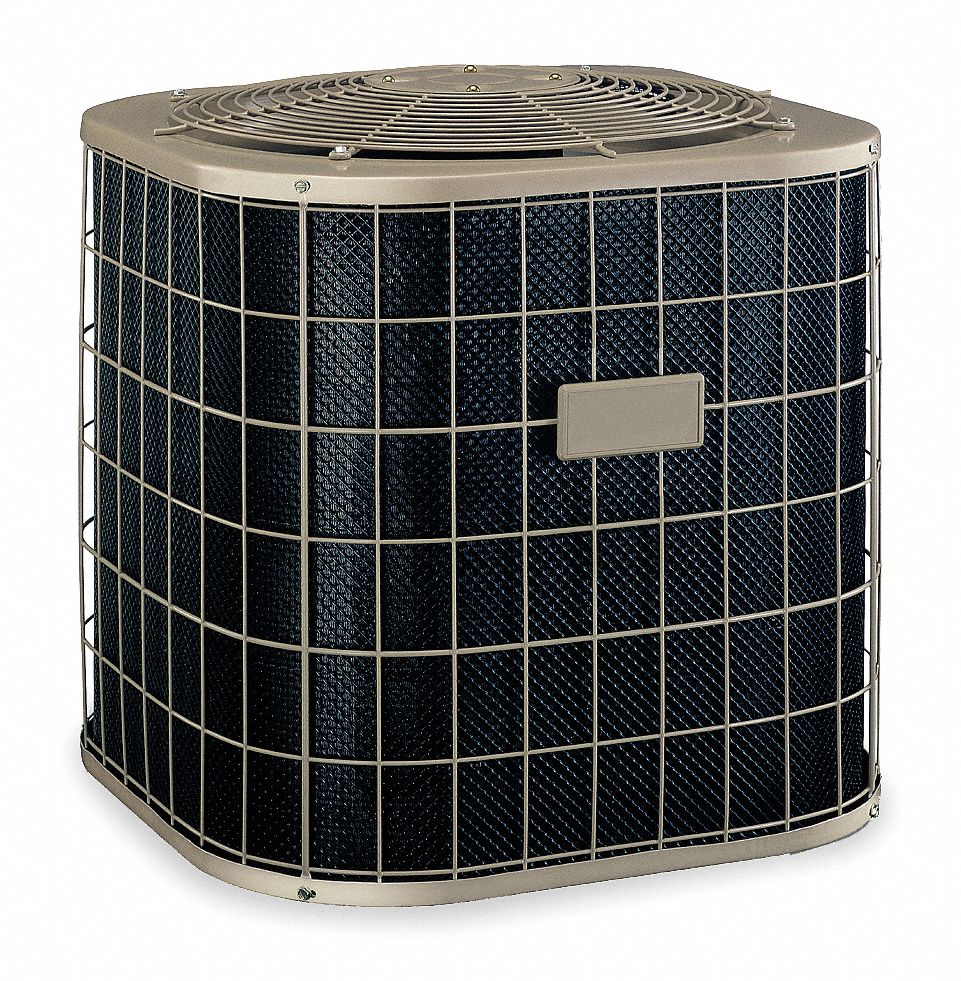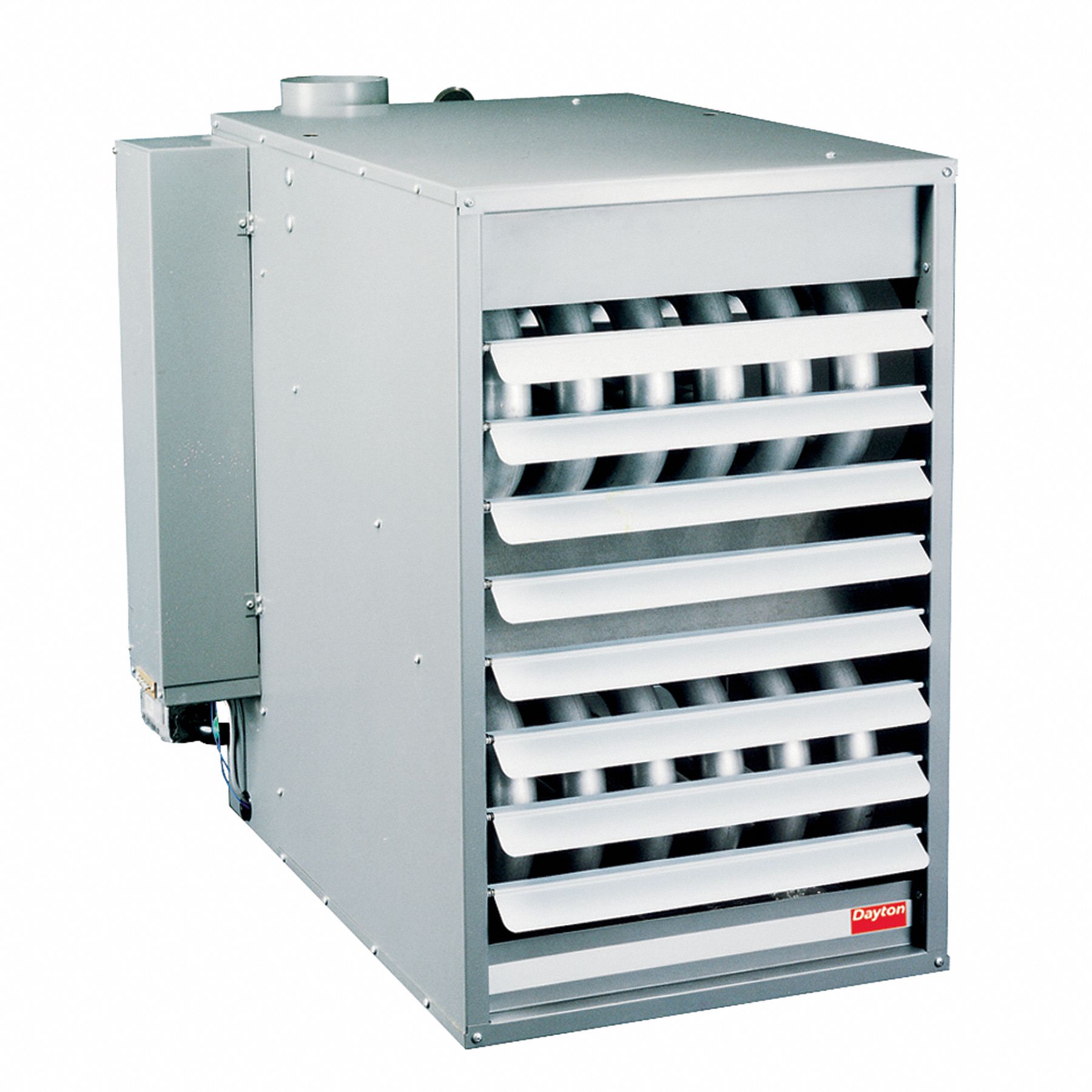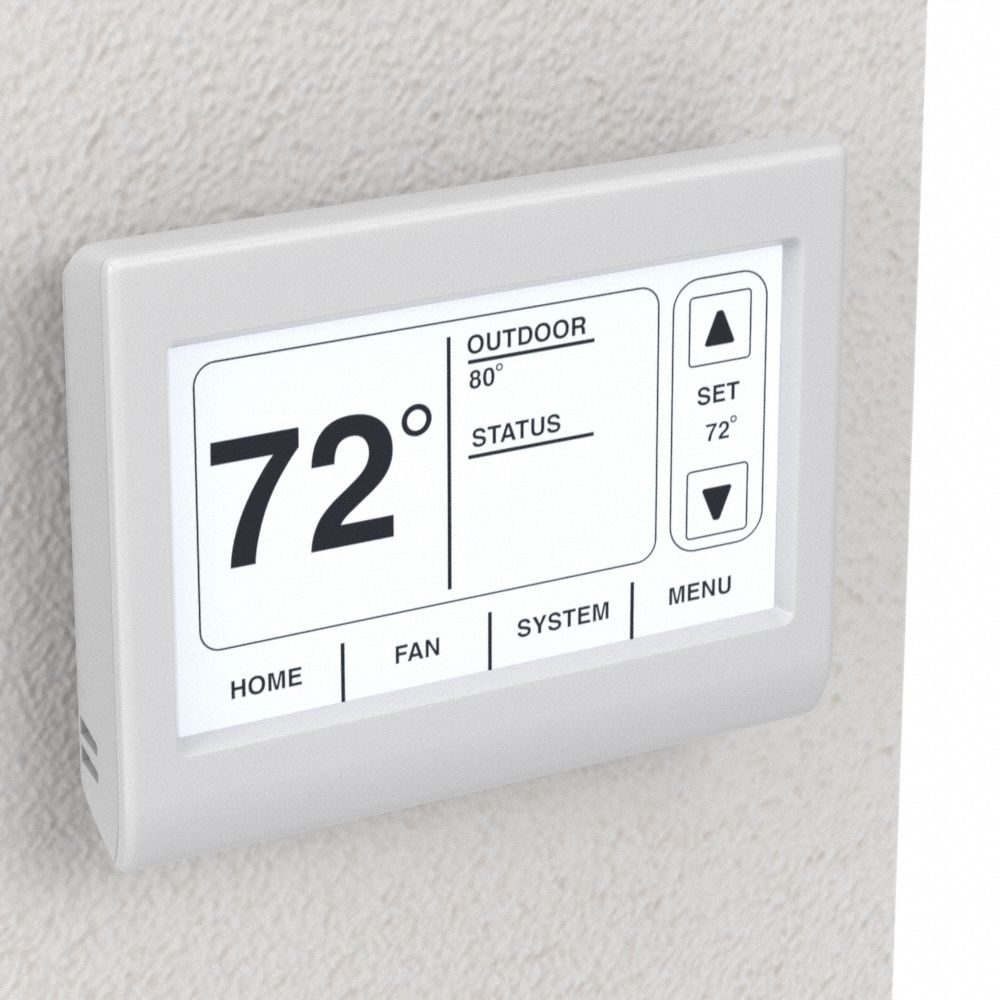

Retrofitting Historic Buildings for Sustainability
By Grainger Editorial Staff 4/27/22


About half of America’s commercial buildings were built over 50 years ago, predating modern energy-efficient products and building codes. Retrofitting buildings can help lower operating costs, especially as energy prices increase, and they also offer a significant opportunity to support corporate sustainability initiatives.
However, retrofitting an older building has special challenges—especially if the structure is historically significant. Fortunately, historic preservation and sustainability share common goals. Historic preservationists and sustainability experts agree that adaptive reuse strategies, extending the life of existing structures through renovation and repurposing spaces and materials can help these buildings decrease their carbon footprints.
Building retrofits can include changes to lighting, the building envelope, HVAC systems and how the building generates electricity. Working with complex, often interacting systems requires expert knowledge and a thoughtful approach. Here are some important sustainable considerations for planning a retrofit on a historic building.
Review National and Local Guidelines
There are about 100,000 properties on the National Register of Historic Places. There are specific preservation guidelines if your building is eligible to be listed, but local ordinances almost always provide stronger protections from demolition for locally designated historic properties than the National Register regarding historic preservation.
“The National Register is a list of the nation’s most important historic places and signifies that they are worth preserving, but being placed on the National Register does not necessarily protect the building," said Bonnie McDonald, president and CEO of Landmarks Illinois, a non-profit founded in 1971 specializing in historic preservation. “While properties on the National Register have to meet certain criteria, they are not actually protected by the federal government, other than in certain cases where review is required because public funds are used on a project affecting a listed historic place."
Locally designated historic places, on the other hand, may be reviewed by a municipal landmarks preservation board or staff member if its preservation ordinance includes permit review. McDonald said those ordinances often enable the reviewer(s) to prevent historic building demolition.
That said, you still may want to determine if your building is listed or has the potential to be listed on the National Register of Historic Places because you may be eligible for Federal Historic Preservation Tax Incentives, designed to support private investment in rehabilitating historic buildings.
Reference Green Building Rating Systems
Green building rating systems can be helpful when planning retrofit projects. They include:
- LEED
- Living Building Challenge
- Passive House Institute
- WELL Standard
- Green Globes
- Sustainable SITES Initiative
ENERGY STAR® provides several resources to help calculate potential energy savings for your commercial building. Many energy services also offer free consultations for facilities undergoing commercial retrofits.
Assemble Diverse Experts
Consulting with accredited green building professionals knowledgeable in LEED, Living Building, WELL and Passive House standards can help building owners and managers develop a retrofit strategy that is fiscally efficient, while also retaining the historic building’s sustainable features like masonry and natural ventilation systems. Historical consultants can help you navigate the rules and regulations around the use of tax credits and other preservation requirements. Each state also has a historic preservation office you can contact for preservation resources.
The local planning department is also a great resource because they understand the municipal ordinances, zoning overlays and building codes. Working with an expert can help because “sometimes a historic building may be able to relax some of the building code requirements, depending on if you’re using the International Building Code or if you have a local building code," McDonald said. "There are special elections for historic buildings where you may not have to meet certain guidelines or requirements within the International Building Code.”
Conduct a Building Analysis
No matter the age of the structure, conduct an overall assessment of the health and safety of the building. Look for potentially hazardous materials, such as asbestos or lead paint, and then determine the best treatment option—whether to encapsulate it or remove it safely. Identify if there are significant historical features you can preserve while striving toward net neutral energy usage and net-zero carbon emissions.
Review the building envelope, appliances and the mechanical, electrical and plumbing systems for opportunities to upgrade their energy efficiency. Assess your building for the potential to incorporate renewable energy like solar, wind or other geothermal strategies. If you can’t afford to make these energy-efficient upgrades at the outset, you can certainly prep for installation later.
Experts recommend viewing the entire building as a system to help avoid potential issues in the future. For example, if you’re adding insulation to a building, how are you either preventing moisture penetration through a proper vapor barrier or allowing the building to breathe? Historic properties were designed to breathe, so if you seal up a building entirely, you could be causing an issue with the natural air exchange, especially if gas systems are used.
Salvage and Restore
The National Park Service Guidelines for Preserving Cultural Landscapes recommends identifying, retaining and preserving character-defining features. Try to retain and repair historic fixtures, windows and doors rather than replace them. Salvage and restore lighting, hardware and other specialty items whenever possible.
Payback and Benefits
Retrofitting for sustainability achieves more than simply reducing carbon emissions. A 2020 report by PlaceEconomics detailed 24 benefits of historic preservation. In addition to the environmental benefits, the report cited job creation, affordable housing, economic stability and density and preservation of unique neighborhood character among the other positive results.
According to the EPA, a new, energy-efficient office building that includes up to 40 percent recycled materials would still take approximately 65 years to recover the energy lost in demolishing a comparable existing building. However, with proper planning, care and maintenance, historic buildings can be both windows to the past and keys to a more sustainable future.
“In many ways the preservation field has always been about reducing the climate crisis," McDonald said. “Since the 1970s, we’ve recognized that the greenest building was the one already built."
The information contained in this article is intended for general information purposes only and is based on information available as of the initial date of publication. No representation is made that the information or references are complete or remain current. This article is not a substitute for review of current applicable government regulations, industry standards, or other standards specific to your business and/or activities and should not be construed as legal advice or opinion. Readers with specific questions should refer to the applicable standards or consult with an attorney.











